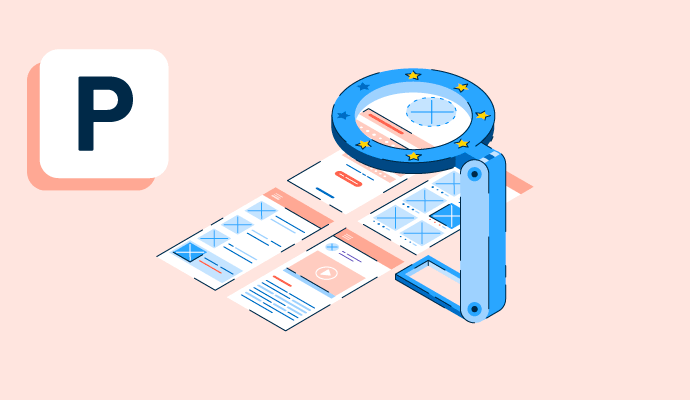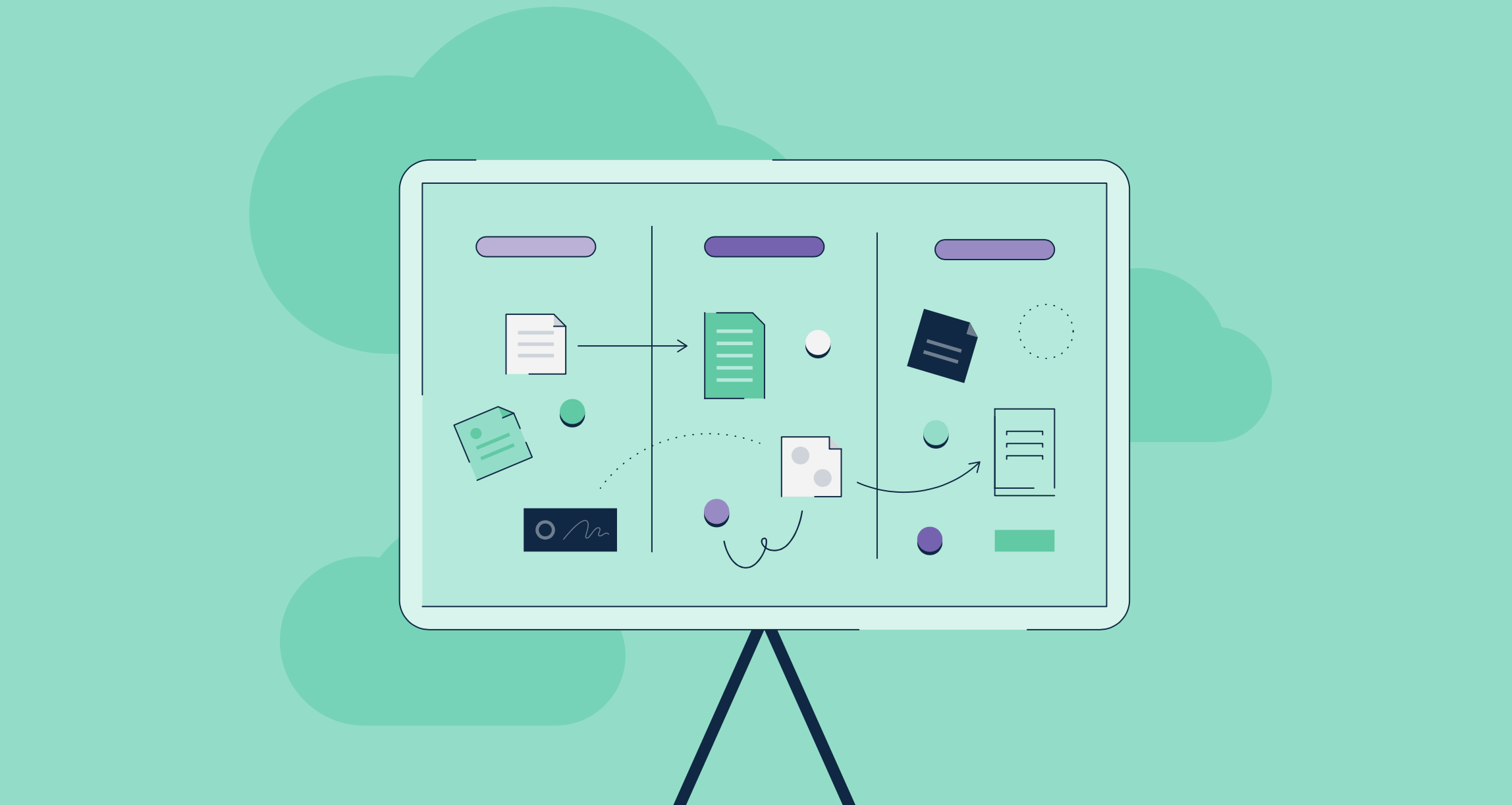What is a product critique?
A product critique is an evaluation of a product to uncover its strengths and weaknesses. It involves analyzing multiple product dimensions, including design and usability, to improve the overall product experience.
Product managers, designers, and developers conduct product critiques to identify areas for iteration and updates. Sometimes, these experts ask consumers to critique their product in focus groups to better understand end-user perspectives.
Product critiques also play a key role in the interview process for product designers. By conducting a product critique as a performance task, designers can demonstrate their depth of design knowledge and expertise.
Organizations use product management software to help product teams collect and organize feedback. Using these insights, teams can create a product roadmap and prioritize essential tasks to complete.
Types of product critiques
Companies run product critiques using a variety of formal and informal processes. The type of product critique a company uses often depends on its goal.
- Individual product critiques work well when a company wants feedback from someone with specific expertise, like a user experience (UX) designer. Organizations also use this type in the interview process to assess how well an applicant understands product design. The candidates provide written feedback on the same product or record their thoughts with screen and video capture software.
- Focus groups are ideal for an organization that wants to see what a cross-section of target users thinks about a product. A moderator asks questions to a small group of participants or critiquers. Through discussion, the group generates rich product insights.
- Surveys work well when a team wants to collect qualitative insights from open-ended questions and quantitative insights from rating-scale questions. Surveys are often a quick, easy, and cost-effective product-critique option.
- Usability testing is useful when a company wants an in-depth look at a product’s functionality. A user completes tasks using a website or app, and a facilitator observes and takes notes on the user’s interactions and experience.
Basic elements of a product critique
The product critique process often follows a predictable structure. Some key components of a product critique include:
- Introduction. The process begins with an introduction of the product critique’s objectives. For example, once a team has updated an app’s user interface, they may want to get user feedback before releasing it.
- Overview. The development or design team provides information the participants need to know about the product, like its overall purpose, intended audience, and main features.
- Usability. The participants evaluate their experience using the product. For example, they may discuss its navigational features and any bugs or issues they encounter.
- Design and aesthetics. In this step, the critiquers assess the product’s visual design and aesthetics, homing in on elements like the color scheme, typography, layout, and icons. They consider whether the design aligns with the product’s audience and purpose.
- Functionality and features. A stand-out product needs to meet or exceed users’ expectations. In addition to providing specific praise, participants identify missing or underdeveloped features.
- Performance. In some product critiques, users comment on performance factors like speed and responsiveness. They note areas with broken images or slow-to-load pages and how they impact their overall experience.
- Conclusion. The participants wrap up by providing a high-level summary of their insights, including what the product does well and their top suggestions for improvement.
Benefits of a product critique
Many technology or software companies rely on product critiques to create exceptional products and drive growth. Some specific advantages include:
- Ensuring product quality. Product critiques allow companies to get product feedback from multiple perspectives, from marketers to developers to end users. By learning how the product exceeds expectations and where it falls short, the product team can make necessary improvements to enhance the overall quality and performance of the product.
- Providing a competitive advantage. A comprehensive product critique helps organizations gain a competitive advantage in a saturated market. By asking incisive questions about the product, designers and developers learn how to capitalize on their strengths to differentiate themselves from their competitors.
- Creating a culture of continuous improvement. The idea behind product critiques is to gain feedback to improve the product. By conducting frequent product critiques, companies can adapt to evolving market trends and deliver increasingly better products.
- Driving customer satisfaction and loyalty. When companies involve consumers in their product critiques, they show care and concern for the customer experience, improving their reputation. Companies can then use the resulting customer insights to improve the product's usability, leading to customer satisfaction and loyalty.
Product critique best practices
A product critique results in constructive feedback to make an app or website better. When running a formal product critique, an organization should follow these best practices:
- Stay objective. The discussion facilitator should stay neutral to avoid influencing the feedback. Instead of praising participants’ comments or nodding in agreement, they should remain impartial. The facilitator's role includes inviting all group members into the conversation and ensuring participants get equal talk time.
- Set the right tone for participants. The goal is to provide constructive feedback, not to discourage the team. Before starting the critique, the facilitator should remind the participants to avoid personal attacks or derogatory remarks.
- Ask for detailed feedback. The more granular the feedback, the more valuable it is. Critiquers should discuss specific product features or functionalities, providing concrete examples to support each point.
For a closer look at user behavior, use product analytics software to track and analyze user interactions with your product.

Kelly Fiorini
Kelly Fiorini is a freelance writer for G2. After ten years as a teacher, Kelly now creates content for mostly B2B SaaS clients. In her free time, she’s usually reading, spilling coffee, walking her dogs, and trying to keep her plants alive. Kelly received her Bachelor of Arts in English from the University of Notre Dame and her Master of Arts in Teaching from the University of Louisville.


